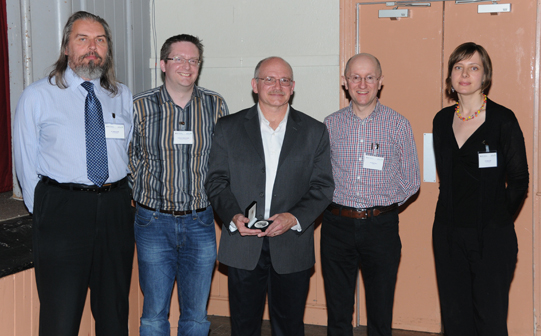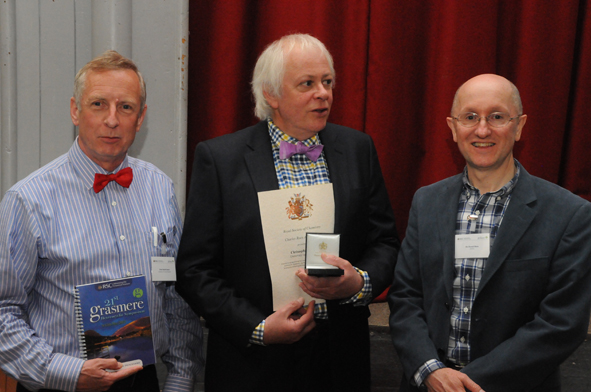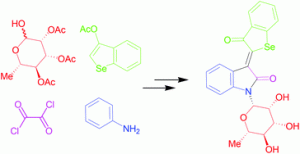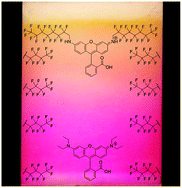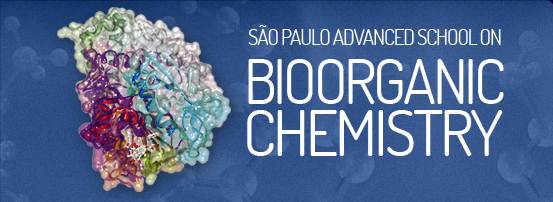![cholera-toxin-inhibitor_c3ob40515j_300[1]](https://blogs.rsc.org/ob/files/2013/05/cholera-toxin-inhibitor_c3ob40515j_3001.jpg) An international team of scientists has synthesised a cholera inhibitor that matches both the valency and target sugar of the cholera toxin. The molecule is 100,000 times better at trapping the cholera toxin than inhibitors based on the target sugar alone.
An international team of scientists has synthesised a cholera inhibitor that matches both the valency and target sugar of the cholera toxin. The molecule is 100,000 times better at trapping the cholera toxin than inhibitors based on the target sugar alone.
Cholera is an acute intestinal infection that can be fatal in severe cases. It is caused by the cholera toxin, a protein with a disease causing A subunit, surrounded by five B subunits. The B subunits bind to GM1, a pentasaccharide sugar, on the cell membrane of intestinal cells. Once attached, the cholera toxin can inject its toxic A subunit into the cell.
‘Optimally, one would bind all 5 B subunits to one inhibitor that uses this natural GM1 sugar,’ explains Han Zuilhof, from Wageningen University, the Netherlands, who led the work. ‘This should yield the strongest one-on-one complex. Previous work combined either pentavalent scaffolds with simpler sugars, or non-pentavalent scaffolds with the real deal sugar.’ Now, Zuilhof and colleagues have created the first inhibitor that is both pentavalent and uses GM1.
Read the full article in Chemistry World
And read the OBC paper here:
Picomolar inhibition of cholera toxin by a pentavalent ganglioside GM1os-calix[5]arene
Jaime Garcia-Hartjes, Silvia Bernardi, Carel A. G. M. Weijers, Tom Wennekes, Michel Gilbert, Francesco Sansone, Alessandro Casnati and Han Zuilhof












